We all know that your wedges are your best chance at adding birdies to your score card. Hitting them close is super important if you want to lower your score with more birdies!
A wedge distance chart provides you with an outline of how far a specific wedge can travel on average when you hit the golf ball. To find the right wedge or wedges that will up your golf game, we have compiled the ultimate guide to wedge distances so you have a better understanding.
Table of Contents
- Golf Wedge Distance Chart for Men (Wedge Gapping Chart)
- Golf Wedge Distance Chart for Women (Wedge Gapping Chart)
- 48 Degree Wedge Distance | Pitching Wedge Distance
- 50 Degree Wedge Distance
- 52 Degree Wedge Distance
- 54 Degree Wedge Distance
- 56 Degree Wedge Distance
- 58 degree wedge distance
- 60 Degree Wedge Distance
- Golf Wedge Components
- Wrapping Up
- Wedge Distance FAQ’s
Golf Wedge Distance Chart for Men (Wedge Gapping Chart)
| Wedge | Loft | Beginner | Senior | Average | Scratch |
|---|---|---|---|---|---|
| Lob Wedge | 58-60 degrees | 60 yards | 70 yards | 80 yards | 90 yards |
| Sand Wedge | 54-56 degrees | 75 yards | 85 yards | 100 yards | 110 yards |
| Gap Wedge | 50-52 degrees | 85 yards | 95 yards | 110 yards | 120 yards |
| Pitching Wedge | 44-48 degrees | 90 yards | 100 yards | 120 yards | 135 yards |
Golf Wedge Distance Chart for Women (Wedge Gapping Chart)
| Wedge | Loft | Beginner | Senior | Average | Scratch |
|---|---|---|---|---|---|
| Lob Wedge | 58-60 degrees | 35 yards | 45 yards | 50 yards | 70 yards |
| Sand Wedge | 54-56 degrees | 40 yards | 50 yards | 60 yards | 85 yards |
| Gap Wedge | 50-52 degrees | 45 yards | 55 yards | 70 yards | 95 yards |
| Pitching Wedge | 44-48 degrees | 50 yards | 60 yards | 80 yards | 115 yards |
48 Degree Wedge Distance | Pitching Wedge Distance
A 48-degree wedge is a type of golf club used for short shots around the green. This club is designed to produce a high, soft shot that stops quickly on the green, making it easier for golfers to make precise shots.
The 48-degree wedge is also known as a pitching wedge or a gap wedge, and it is a popular choice among golfers because of its versatility and accuracy.
The distance that a golfer can achieve with a 48-degree wedge varies depending on a variety of factors, including the golfer’s swing speed, the lie of the ball, and the conditions of the course.
Generally, golfers can expect to achieve distances of around 100-120 yards with a full swing using a 48-degree wedge. However, golfers can also use this golf club for shorter, finesse shots, such as chip shots or pitch shots, which can travel shorter distances but are more accurate and precise.
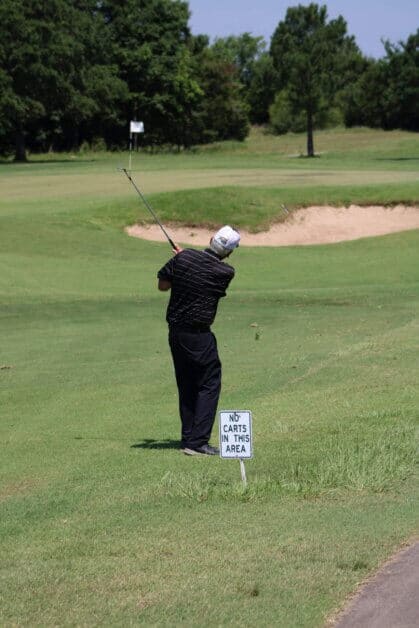
50 Degree Wedge Distance
A 50-degree wedge is another type of golf club commonly used for approach shots around the green. This club is designed to produce a higher and softer shot than a traditional pitching wedge, making it a popular choice among golfers who want to add more height to their approach shots.
The 50-degree wedge is also known as a gap wedge or a utility wedge, and it is an essential club for golfers who want to improve their short game.
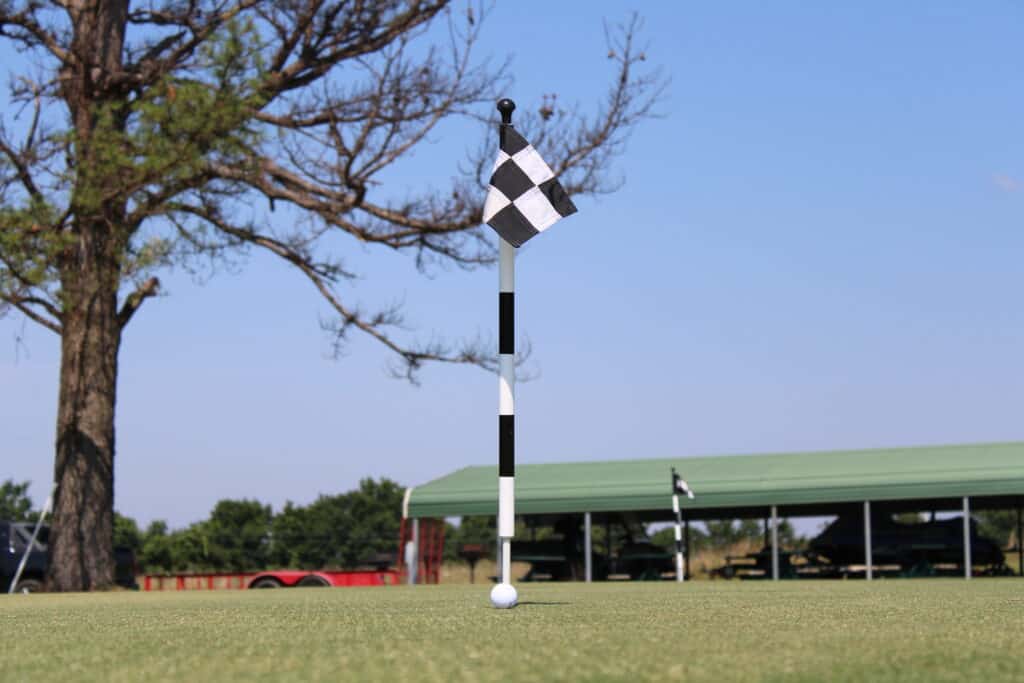
The distance that a golfer can achieve with a 50-degree wedge varies depending on several factors, such as the golfer’s swing speed, the loft of the club, the lie of the ball, and the conditions of the course.
Typically, golfers can expect to achieve distances of around 90-110 yards with a full swing using a 50-degree wedge. However, the distance can be adjusted by altering the swing speed or by using a more lofted or less lofted club.

52 Degree Wedge Distance
The 52-degree wedge is a golf club used for approach shots, bunker shots, and chipping around the green. This club is designed to produce a high, soft shot with good spin control, making it an essential tool for golfers who want to improve their short game.
The 52-degree wedge is also known as a gap wedge or an attack wedge, and it is a popular choice among golfers because of its versatility and accuracy.
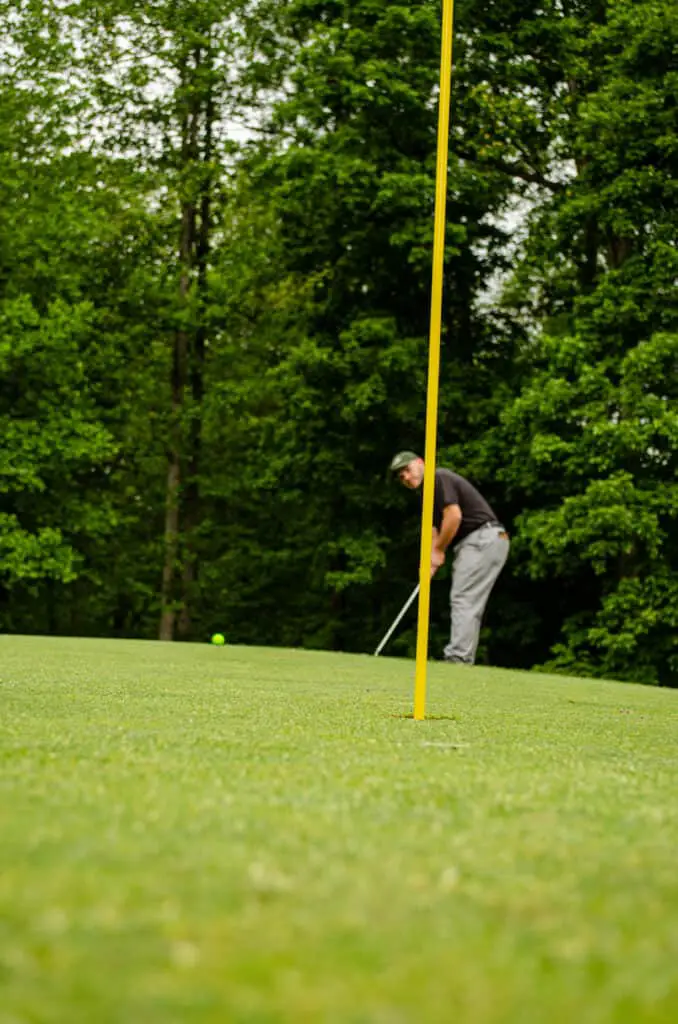
The distance that a golfer can achieve with a 52-degree wedge varies depending on several factors, such as the golfer’s swing speed, the loft of the club, the lie of the ball, and the conditions of the course.
Typically, golfers can expect to achieve distances of around 80-100 yards with a full swing using a 52-degree wedge. However, the distance can be adjusted by altering the swing speed or by using a more lofted or less lofted club.
54 Degree Wedge Distance
The 54-degree wedge is a type of golf club that is used for approach shots, bunker shots, and chipping around the green. This club is designed to produce a high, soft shot with good spin control, making it an essential tool for golfers who want to improve their short game.
The 54-degree wedge is also known as a sand wedge or a lob wedge, and it is a popular choice among golfers because of its versatility and ability to produce precise shots.
The distance that a golfer can achieve with a 54-degree wedge varies depending on several factors, such as the golfer’s swing speed, the loft of the club, the lie of the ball, and the conditions of the course.
Typically, golfers can expect to achieve distances of around 70-90 yards with a full swing using a 54-degree wedge. However, the distance can be adjusted by altering the swing speed or by using a more lofted or less lofted club.
Should I carry a 54 degree wedge?
A 54° wedge is also used as a gap wedge. It bridges the gap between a pitching wedge and a sand wedge. It is the perfect wedge that covers too short shots for the pitching wedge and too lengthy for a sand wedge.
I personally carry a 54 and have for 20 plus years. I very much prefer how it fits in my distance gaps more than a 56 degree sand wedge.

56 Degree Wedge Distance
The 56-degree wedge is a golf club used for approach shots, bunker shots, and chipping around the green. This club is designed to produce a high, soft shot with good spin control, making it an essential tool for golfers who want to improve their short game.
The 56-degree wedge is also known as a sand wedge or a mid-wedge, and it is a popular choice among golfers because of its versatility and accuracy.
The distance that a golfer can achieve with a 56-degree wedge varies depending on several factors, such as the golfer’s swing speed, the loft of the club, the lie of the ball, and the conditions of the course.
Typically, golfers can expect to achieve distances of around 60-80 yards with a full swing using a 56-degree wedge. However, the distance can be adjusted by altering the swing speed or by using a more lofted or less lofted club.
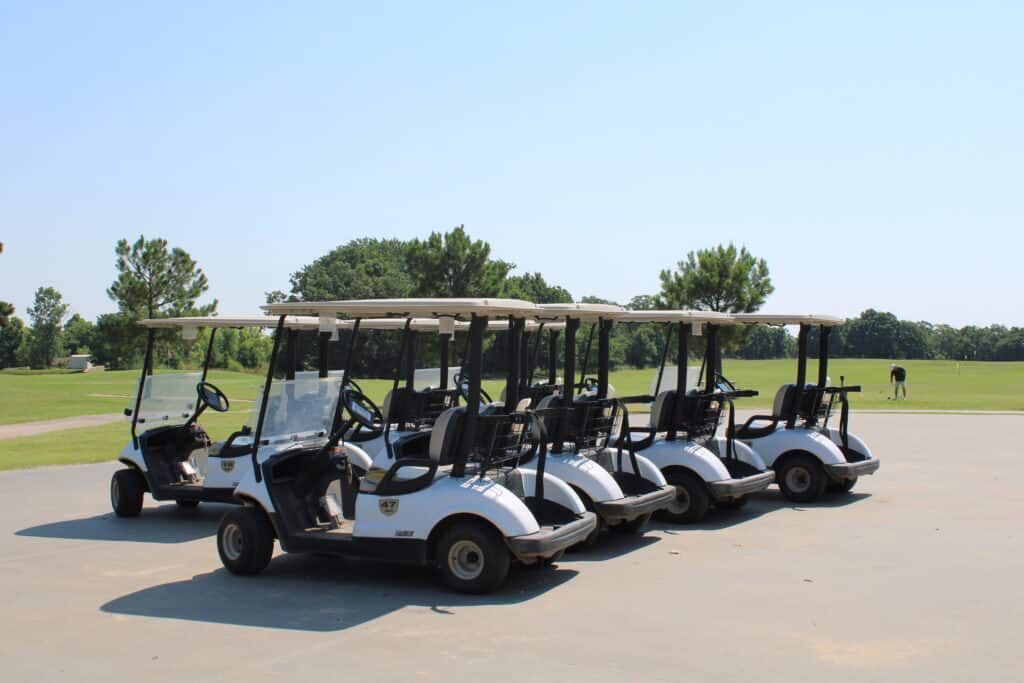
58 degree wedge distance
The 58-degree wedge is a type of golf club that is used for approach shots, bunker shots, and chipping around the green. This club is designed to produce a high, soft shot with good spin control, making it an essential tool for golfers who want to improve their short game.
The 58-degree wedge is also known as a lob wedge or a flop wedge, and it is a popular choice among golfers because of its ability to produce precise shots.
The distance that a golfer can achieve with a 58-degree wedge varies depending on several factors, such as the golfer’s swing speed, the loft of the club, the lie of the ball, and the conditions of the course.
Typically, golfers can expect to achieve distances of around 50-70 yards with a full swing using a 58-degree wedge. However, the distance can be adjusted by altering the swing speed or by using a more lofted or less lofted club.
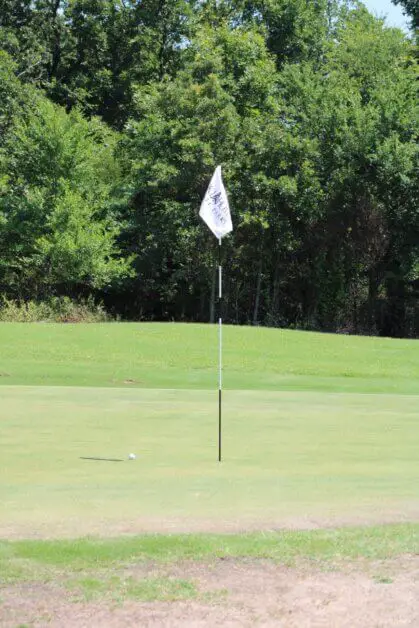
60 Degree Wedge Distance
The 60-degree wedge is a type of golf club that is used for approach shots, bunker shots, and chipping around the green. This club is designed to produce a high, soft shot with good spin control, making it an essential tool for golfers who want to improve their short game.
The 60-degree wedge is also known as a lob wedge or a flop wedge, and it is a popular choice among golfers because of its ability to produce precise shots.
The distance that a golfer can achieve with a 60-degree wedge varies depending on several factors, such as the golfer’s swing speed, the loft of the club, the lie of the ball, and the conditions of the course.
Typically, golfers can expect to achieve distances of around 40-60 yards with a full swing using a 60-degree wedge. However, the distance can be adjusted by altering the swing speed or by using a more lofted or less lofted club.
Can you use a lob wedge in the bunker?
Yes, you can use a 60 degree wedge. However, remember that it is tough to hit the ball at a longer distance when playing a bunker shot. The lob wedge is great for when you need to hit a high but soft landing, short bunker shots, but those long-distance, running bunker shots are challenging to play with the high loft of the lob wedge.
Should high handicappers use a lob wedge?
Yes. Lob wedges (60 degree wedges) can save high handicappers strokes. The forgiveness that a lob wedge offers is very helpful to all levels of players.
Golf Wedge Components
Loft
One of the significant components of a golf wedge is the loft. It is the angle of the wedge’s face that is compared to the imaginary vertical straight, line and it is measured in degrees. Most golfers have multiple wedges in their bags with different lofts to cover various shots that they will face during their game.
Bounce
A bounce helps your wedge come back up off the ground so that you don’t end up digging into the turf when hitting chips, pitches, and bunker shots. It is the section on the clubhead that makes contact with the ground and is made up of various parts such as the sole, leading-edge and sole edge.
Sole Grind
The sole as the name suggests is the bottom of the gold wedge which makes contact with the ground. It is an inch or two wide normally. A machine then grinds the sole to create different shapes, impacting how it sets on the ground.
Grooves
A groove is a line you see cut into the face of a wedge clubhead. They help to grab the golf ball quickly.
Leading Edge
The leading edge is the bottom edge of the clubface. To raise the leading edge you can tilt your wedge shaft back at the address. To lower the leading edge you can tilt your shaft forward.
Finishes
The different colors on the club heads such as silver, black etc. are known as the finishes. You can choose the wedge finishes based on your personal preference.
Shaft
A wedge shaft is the same as a stiff shaft, the only difference is that this has a special wedge flex built into it. Shaft lengths are usually the shortest in a golf bag. It helps to generate height on your shots and backspin.

Wrapping Up
Congrats on completing the ultimate guide to wedge distances! By now, you are more than ready to buy a new wedge. You have learned the importance of each wedge and how carrying specific wedges helps to improve your golf game. You’re prepared for the different types of shots you’ll face on the golf course! Happy golfing!
Wedge Distance FAQ’s
What is the average distance an amateur golfer can achieve with a pitching wedge?
The average distance an amateur golfer can achieve with a pitching wedge is around 100-120 yards.
What are the different loft angles available for golf wedges?
Golf wedges come in different loft angles, including pitching wedge (around 44-48 degrees), gap wedge (around 50-54 degrees), sand wedge (around 54-58 degrees), and lob wedge (around 58-62 degrees).
What is the highest lofted club in a golfer’s bag, and when should it be used?
The highest lofted club in a golfer’s bag is the lob wedge, which typically has a loft angle of around 58-62 degrees. It is used for short distances and shots that require the golf ball to be hit high and land softly.
How can a golfer improve their wedge play and distance control?
Golfers can improve their wedge play and distance control by practicing with different wedges and learning how to hit more accurate shots. It also helps to have a smooth swing and use a GPS measuring device to gauge the distance covered by each shot.
What are the best wedges for female golfers?
Female golfers can use the same wedges as male golfers, but they may prefer wedges with a higher loft and lighter weight to help them hit the ball higher and land softly on fast greens.
Can you use a 58 degree wedge for chipping?
Yes, you can use a 58 degree wedge for chipping. However, it requires a consistent swing and good technique to hit your wedges effectively.
Is a gap wedge a 50 or 52 degree?
A gap wedge is typically a 50 or 52 degree wedge, depending on the manufacturer. It is designed to fill the distance gap between a pitching wedge and a sand wedge.
Is 6 degrees between wedges too much?
It depends on the individual golfer and their wedge game. Some golfers prefer to have a smaller gap between their wedges for better distance control, while others may use three or four wedges with larger degree gaps. The average male golfer hits their wedges an average of 80-120 yards, so it is important to have a wedge setup that fits your own wedge distance chart.
- Should Tee Boxes Be Level? - January 23, 2024
- 3 Hybrid Distance - November 15, 2023
- Innovations in Golf Mobility: An In-depth Review of Top Golf Scooters - October 12, 2023
